15 years one-stop China custom CNC machining parts factory
 181 |
Published by VMT at Sep 20 2024
181 |
Published by VMT at Sep 20 2024
CNC precision machining has revolutionized the manufacturing industry by allowing for the creation of highly accurate and complex parts. It is widely used in industries that demand precision, such as automotive, aerospace, medical, and electronics. CNC stands for Computer Numerical Control, where computer-aided design (CAD) models are translated into code to guide machining tools. The precision aspect refers to the ability to produce parts with tight tolerances and intricate geometries, ensuring consistent and repeatable quality.
This guide explores the fundamentals of CNC precision machining, how it works, the tools used, the materials that can be machined, and the applications of this versatile technology.
CNC precision machining refers to the process of using CNC-controlled machines to shape raw materials into highly accurate components. By utilizing CAD/CAM software, the exact dimensions, geometries, and tolerances of a part are inputted into a CNC machine, which then follows this data to remove material from a workpiece with extreme precision.
The term “precision” indicates the ability to achieve extremely tight tolerances, often as low as 0.001mm, depending on the machine and material. CNC precision machining plays a critical role in producing parts that meet strict specifications for industries where high performance and reliability are essential. CNC machining services offer everything from prototyping to large-scale production, making it an indispensable process for a CNC machining factory.

1. Design and CAD Modeling
The first step in CNC precision machining is the creation of a detailed design using CAD software. This model contains the exact dimensions, features, and tolerances needed for the final product. CAD modeling allows for the visualization of the part before it goes into production and helps engineers identify any potential design flaws. A high-quality CAD model ensures that the CNC machine operates efficiently and produces the desired part accurately.
2. CAM and CNC Programming
Once the CAD model is complete, the next step is to use CAM (Computer-Aided Manufacturing) software to generate the toolpaths that the CNC machine will follow. CAM software converts the CAD model into machine-readable code (G-code or M-code) that controls the movements of the CNC machine, including cutting speed, tool path, and feed rate. The accuracy of this code directly affects the quality of the machined part, making this step crucial for precision machining.
3. Setting Up CNC Machines
Before machining begins, operators set up the CNC machines with the necessary tools and fixtures. This includes loading the raw material onto the machine, securing it with clamps or vises, and selecting the appropriate cutting tools. For multi-axis CNC machines, setting up requires additional calibration to ensure the part is aligned correctly for complex cuts. Proper machine setup minimizes errors during production and ensures that parts are machined according to specifications.
4. Machining Parts
The actual machining process involves the CNC machine following the programmed instructions to cut, mill, turn, or drill the raw material into the desired shape. During this step, the machine moves the cutting tools across the material according to the predetermined toolpath, removing excess material and shaping the part. CNC machines work with high precision and can produce complex geometries that would be difficult or impossible to achieve with manual machining methods.
5. Post-Processing and Finishing
After the machining process is complete, post-processing and finishing operations may be necessary to achieve the final product specifications. This can include deburring, surface finishing, polishing, or coating. Post-processing ensures the part meets aesthetic and functional requirements, such as smooth surfaces or protective layers to enhance durability. Some CNC machined parts may also require additional inspection or testing to ensure they meet the required tolerances and quality standards.
CNC precision machining relies on a variety of machine tools, each designed to perform specific operations. These tools enable manufacturers to create custom CNC machined parts with varying complexities.
1. CNC Milling Machines
CNC milling machines are among the most common tools used in precision machining. They use rotating cutting tools to remove material from a workpiece, typically to create complex shapes, holes, or slots. CNC milling is ideal for producing parts with intricate geometries, such as engine components or medical devices. CNC milling machines can operate on multiple axes, allowing for the production of parts with varying angles and features.

2. CNC Lathes and Turning Machines
CNC lathes and turning machines rotate the workpiece while a cutting tool removes material to shape it. These machines are used for creating cylindrical parts such as shafts, screws, and other round components. CNC turning is particularly useful for parts requiring symmetrical features and precise diameters. CNC lathes can produce parts with tight tolerances and smooth finishes, making them suitable for applications like automotive and aerospace components.
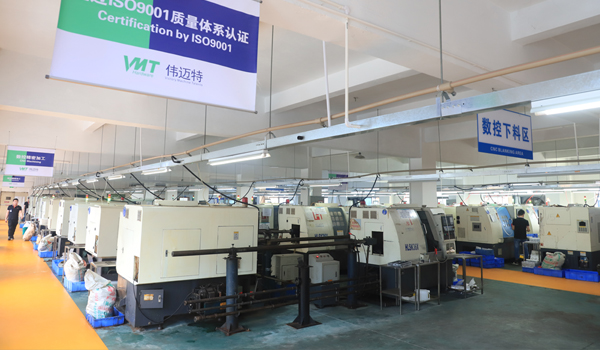
3. CNC Swiss Lathes
CNC Swiss lathes are highly specialized machines designed for producing small, complex parts with extreme precision. The workpiece is held firmly while the cutting tool moves along the part to remove material. CNC Swiss lathes are commonly used in industries such as medical and electronics, where miniature components must be produced to exacting standards.
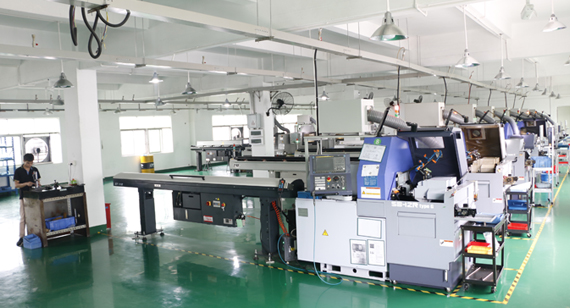
4. CNC Drilling Machines
CNC drilling machines are used to create holes in a workpiece with precision. They are equipped with different types of drill bits to perform a variety of tasks. Common examples of drill bits for precision CNC machining include:
5. Electric Discharge Machine (EDM)
EDM is a unique CNC machining tool that removes material using electrical discharges or sparks. It is commonly used for machining hard metals that are difficult to cut using traditional methods. EDM is ideal for producing parts with intricate internal features or tight tolerances, such as molds or dies.
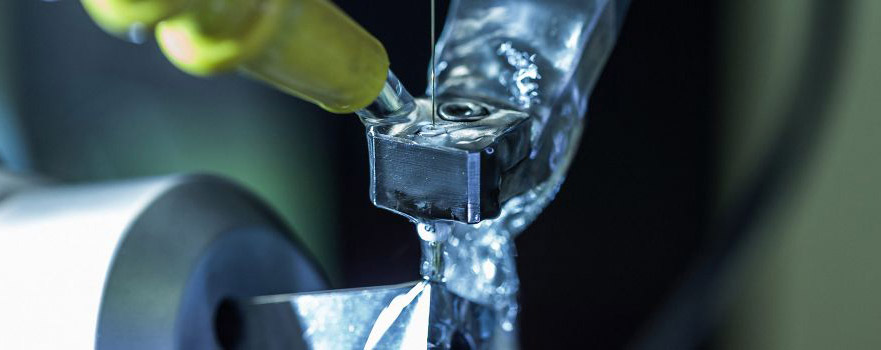
6. CNC Plasma Cutting Machines
CNC plasma cutting machines use a high-temperature plasma arc to cut through metal materials. This method is used for cutting thick sheets of metal quickly and precisely. Plasma cutting is commonly employed in industries such as shipbuilding, automotive, and construction for fabricating large components.
7. CNC Precision Grinding Machines
Precision grinding machines use abrasive wheels to remove material and achieve tight tolerances and high surface finishes. These machines are often used in applications that require exact dimensions and smooth surfaces, such as automotive components, aerospace parts, and medical devices.
8. Multi-Axis CNC Machining
Multi-axis CNC machining involves machines with more than the standard three axes (X, Y, and Z). These machines can move the workpiece or cutting tool in additional directions, such as rotating around various axes. Multi-axis CNC machines can produce parts with highly complex geometries, making them ideal for advanced applications like aerospace and automotive components.
CNC precision machining is versatile in its ability to work with a wide range of materials. The choice of material depends on the application, desired mechanical properties, and cost considerations.

Metals
Metals are commonly used in CNC precision machining due to their strength, durability, and heat resistance. Common metals include:
Aluminum: Lightweight, corrosion-resistant, and easy to machine, aluminum is widely used in CNC machining for applications in aerospace, automotive, and electronics.
Steel: Steel offers high strength and toughness, making it suitable for heavy-duty applications such as industrial machinery and tools.
Stainless Steel: Known for its resistance to corrosion and staining, stainless steel is frequently used in industries like medical, food processing, and marine.
Copper: Copper is an excellent conductor of electricity and heat, making it a go-to material for electrical components and heat exchangers.
Brass: Brass is a softer metal that is often used for components requiring high corrosion resistance and aesthetic finishes.
Bronze: Similar to brass, bronze offers excellent wear resistance and is often used in bearings and bushings.
Titanium: Titanium is known for its strength-to-weight ratio and biocompatibility, making it ideal for aerospace and medical implants.
Plastics
Plastic materials are also frequently used in CNC machining, especially for parts requiring light weight, flexibility, or chemical resistance. Common plastic materials include:
Acrylonitrile Butadiene Styrene (ABS): ABS is durable and impact-resistant, making it suitable for consumer products and automotive parts.
Polycarbonate (PC): PC is a strong, transparent plastic often used in protective covers and optical components.
Polymethyl Methacrylate (PMMA): Also known as acrylic, PMMA is lightweight and resistant to weathering, commonly used in signage and display cases.
Polyoxymethylene (POM): Known for its stiffness and low friction, POM is used in precision parts such as gears and bearings.
Polyamide (PA): Also known as nylon, PA is strong, lightweight, and resistant to wear, making it suitable for mechanical components like fasteners and bushings.
The benefits of CNC precision machining are extensive, making it an invaluable process across many industries.
First-Class Machining Technology: CNC precision machining uses cutting-edge technology to deliver superior accuracy and repeatability.
Improve Accuracy and Repeatability: By automating the process, CNC machines can consistently produce parts that meet the same specifications, reducing human error.
Reduce Waste and Increase Efficiency: Precision machining minimizes material waste by accurately cutting only what is needed, leading to cost savings.
Complex Geometries with Tight Tolerances: CNC precision machining allows manufacturers to produce parts with intricate designs and tight tolerances, meeting the needs of complex projects.
Improve Performance and Reliability: High-precision parts enhance the performance and reliability of products, especially in industries like aerospace, automotive, and medical.
Wide Range of Applications: CNC precision machining can be used for a variety of applications, from prototypes to high-volume production.
Reliable Part Quality: CNC machines ensure consistent part quality, which is essential for industries where safety and performance are critical.
Reduced Cycle Time and Reduced Labor Costs: Automation in CNC machining reduces cycle times and labor costs, making it an efficient method for producing high-quality parts.
Material Versatility: CNC precision machining can work with a wide range of materials, including metals and plastics, making it adaptable to many industries.
Production Flexibility: Whether it’s a prototype or mass production, CNC precision machining offers flexibility in terms of batch sizes and complexity.
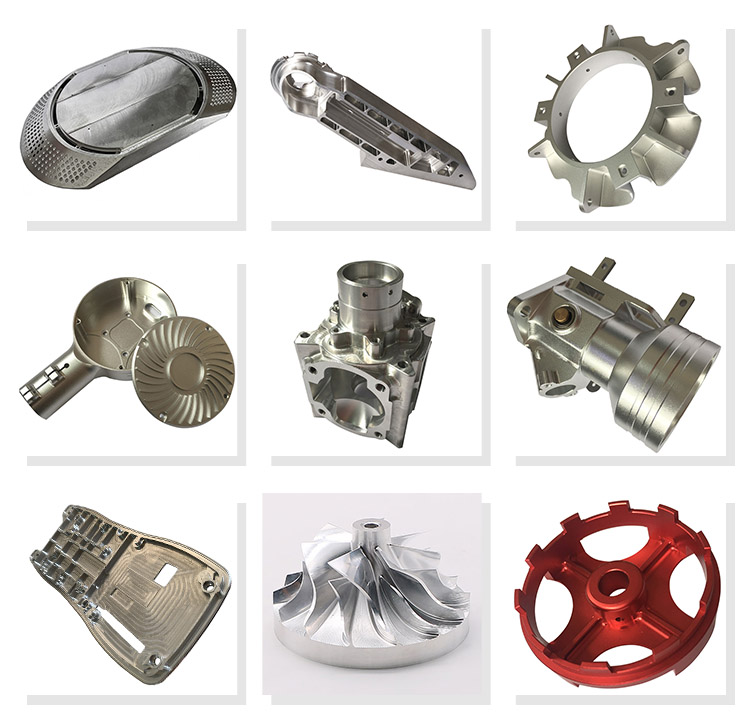
CNC precision machining has a broad range of applications across many industries, including:
Automotive Industry: Precision machining is used to manufacture engine components, transmission parts, and brake systems that require high durability and accuracy.
Metalworking: CNC precision machining is essential in metalworking for creating custom CNC machining parts with high tolerances.
Medical Industry: From surgical instruments to medical implants, CNC precision machining ensures that parts meet the strict requirements of the medical field.
Aerospace Industry: Aerospace parts require high precision and reliability, which CNC machining provides through the production of engine components, structural parts, and landing gear.
Electronics Industry: CNC precision machining is used to create small, intricate parts for electronics such as connectors, housings, and circuit boards.
Military and Defense Industry: Precision machining is critical for producing parts used in weapons, vehicles, and defense systems, where accuracy and durability are paramount.
Marine Industry: CNC precision machining ensures that parts for marine vessels meet the high standards required for saltwater resistance and mechanical strength.
Agriculture: Precision-machined parts are used in agricultural machinery, providing high durability and reliability for farming equipment.
Consumer Goods: CNC precision machining is used to create high-quality components for various consumer goods, from household appliances to electronics.
When selecting a CNC precision machining partner, it’s essential to consider factors such as technical expertise, quality control, equipment capabilities, and customer service. A reliable CNC machining factory should offer a full range of services, from CNC prototype machining to mass production. Additionally, the factory should be equipped with the latest CNC technology and offer competitive pricing for custom CNC machining services.
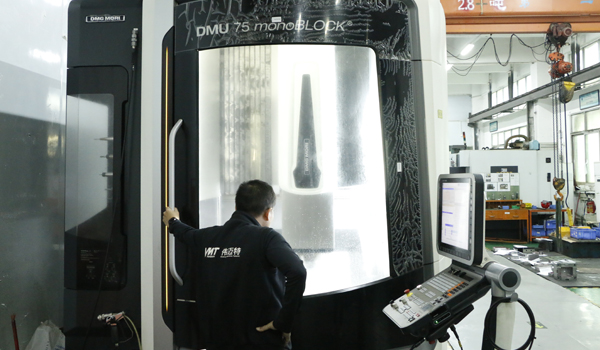
CNC precision machining is an essential manufacturing process that enables the production of high-quality, accurate, and reliable parts. With its ability to work with various materials and produce parts with complex geometries, CNC machining services are widely used across many industries. By understanding the various aspects of CNC precision machining, manufacturers can optimize their processes and ensure they deliver the best possible products to their clients.

What is the typical cost of precision machining?
The cost varies depending on the material, complexity, and volume of parts. CNC precision machining is often priced per part, with higher costs for complex geometries and smaller production runs.
How to outsource precision machine parts?
When outsourcing, it’s important to choose a CNC machining factory with a proven track record, advanced technology, and the capability to meet your production requirements.
What is the difference between CNC machining and precision machining?
Precision machining is a subset of CNC machining, focusing on high-accuracy and tight-tolerance parts.
What is the accuracy of CNC?
The accuracy of CNC machines can be as high as ±0.001mm, depending on the machine and material.
What types of CNC precision machine tools are there?
Common CNC precision machine tools include CNC mills, lathes, Swiss lathes, drilling machines, and EDM machines.
How high can the accuracy of CNC machine tools be?
Some CNC machines can achieve accuracies as high as ±0.001mm.
What is the difference between accuracy and precision?
Accuracy refers to how close a measurement is to its true value, while precision refers to the consistency of repeated measurements.
What are the tolerance limits of CNC precision machining?
Tolerance limits typically range from ±0.001mm to ±0.01mm, depending on the part and machine.
What is the most accurate CNC machine tool?
Multi-axis CNC machines and EDM machines are considered among the most accurate for high-precision applications.
